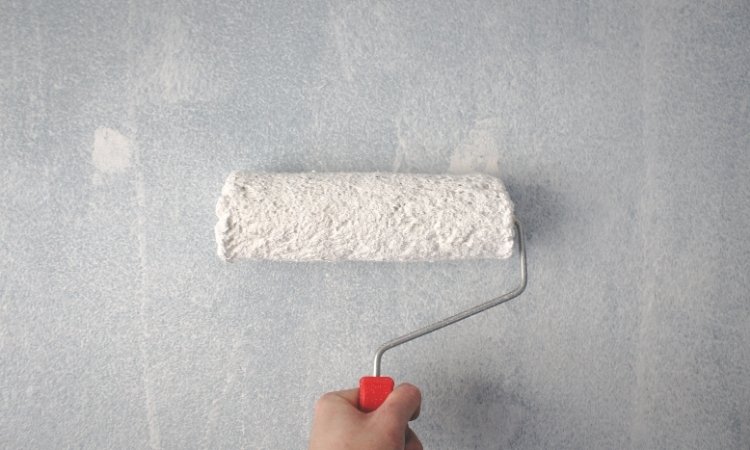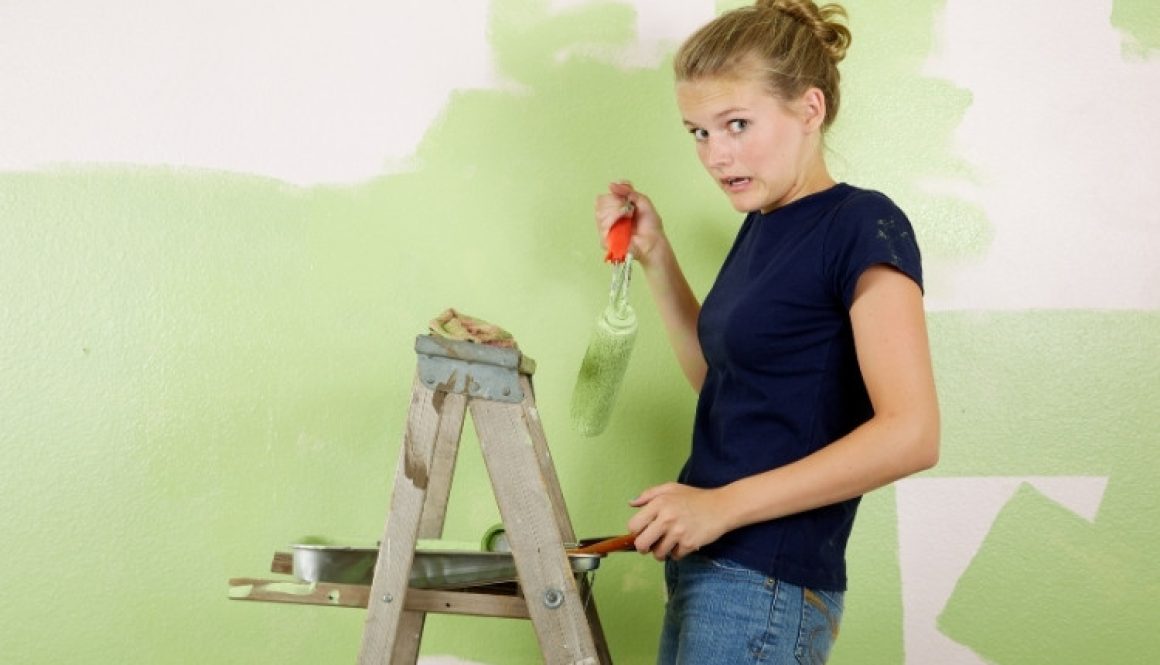7 Common Wall Painting Mistakes to Avoid in Singapore
Wall Painting Mistakes often begin long before the brush ever touches the wall. In Singapore’s tropical climate, where sudden downpours meet relentless sun, overlooking even the smallest detail can turn your latest refresh into a recurring headache. From choosing the wrong finish for your HDB flat’s living room to skipping vital moisture checks in your landed home’s corridor, the stakes are high.
In this guide, you’ll discover how to avoid wall painting mistakes with targeted prep tips, paint recommendations, and insights tailored to our Lion City’s unique humidity and light conditions. Also, LS Painter Singapore offers the best residential painting, house painting, and commercial painting services in Singapore.
1. Skipping Surface Preparation
One of the most common wall painting mistakes is rushing into painting without proper surface preparation. In Singapore, where walls often suffer from humidity-related issues like mold or bubbling, prepping the surface is non-negotiable.
What you should do instead:
- Scrub off old flaking paint
- Fill cracks and holes with wall putty
- Sand the surface smooth
- Use a mold-resistant primer (especially important in Singapore’s tropical climate)
Why it matters in Singapore:
Due to high humidity levels, mold can form quickly on unprepared walls, making your new coat of paint peel or look blotchy in a few weeks.
2. Choosing the Wrong Type of Paint
Not all paints are created equal. Using the wrong paint for your interior or exterior walls is one of the biggest wall painting mistakes in Singapore.
What to keep in mind:
- For interior walls, use low-VOC, washable paint.
- For bathrooms and kitchens, go for mold-resistant or waterproof paint.
- For exterior walls, select weatherproof, UV-resistant paint to withstand Singapore’s intense sun and rain.
Pro tip:
Many homeowners assume “one size fits all” when buying paint during a promotion at big-box stores. Don’t fall for discounts—go for quality suited to your space.

3. Painting Over Damp or Dirty Walls
In Singapore, moisture problems are a constant issue, especially in older flats and ground-floor units. Painting over damp walls will trap moisture, leading to peeling and fungal growth later.
How to avoid this wall painting mistake:
- Always check for leaks or condensation before painting.
- Use a moisture meter or simply feel the wall for dampness.
- Allow walls to dry completely before applying primer or paint.
- Clean walls of grease, dust, and cobwebs, especially in kitchens or near windows.
4. Not Using Primer When Needed
Skipping primer is a wall painting mistake that affects both durability and finish. Primer isn’t always necessary, but knowing when to use it can make or break your project.
Use primer when:
- You’re painting a lighter color over a dark one
- You’ve repaired cracks and holes
- You’re painting a freshly plastered wall
- The old paint is chalking or uneven
Singapore-specific tip:
Walls exposed to direct sunlight or monsoon rain benefit greatly from a coat of primer with sealant.
5. Poor Paint Application Techniques
Uneven coats, visible roller marks, and paint drips—sound familiar? These are all wall painting mistakes to avoid, especially when doing a DIY job.
How to avoid wall painting mistakes in application:
- Use the right tools: invest in good brushes and rollers (foam rollers often work better for smooth interior walls)
- Avoid overloading your brush and roller brush with paint at any time
- Use the “W” or “M” technique when rolling to ensure even distribution
- Always paint from top to bottom
Local insight:
Singapore’s humidity can affect drying time. Avoid painting during high-humidity hours (usually early morning or late evening). Use fans or air-conditioning to control indoor moisture.

6. Ignoring Safety and Ventilation
Painting may seem harmless, but inhaling paint fumes in a closed, non-ventilated room is dangerous, particularly in smaller HDB flats where air circulation is limited.
Avoid this by:
- Keeping windows open during and after painting
- Using fans to circulate air
- Wearing masks and gloves, especially when sanding or using solvent-based paints
- Opting for low-odour, low-VOC paints
7. Poor Colour Planning and Testing
Choosing the wrong color is one of the most frustrating wall painting mistakes in Singapore. Colors can look drastically different under natural vs. artificial lighting.
How to avoid this mistake:
- Always test a paint swatch on the wall and observe it over 24 hours
- Consider how the light changes throughout the day
- Match your paint with existing furniture, flooring, and decor
- Consult a color expert if unsure—many local paint shops offer free advice
Conclusion
A perfect paint finish in Singapore demands climate-sensitive color selection coupled with thorough preparation and skillful application of each coat. Avoiding these Wall Painting Mistakes will shield your walls from peeling along with mold growth and keep every surface even which ultimately will reduce both maintenance time and future restoration costs.
Whether you’re embarking on a weekend DIY refresh or managing a full renovation, these insider tips will ensure your next paint job is smooth, durable, and proudly Singaporean.


